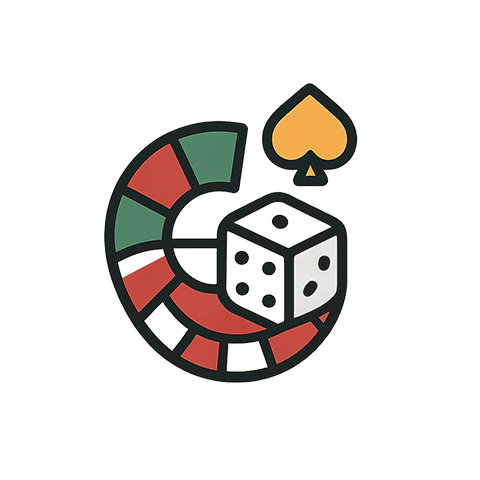The green felt table isn’t just about the cards dealt; it’s a battleground of minds, nerves, and subtle movements. While the odds and probabilities govern the mathematical side of poker, the true art lies in reading your opponents – in spotting the ‘tells’ that can unlock their hand strength or reveal their intentions. This is where poker transcends simple probability and becomes a high-stakes psychological game, a core element of the gambling experience where reading the player is as crucial as reading the board.
What Exactly is a ‘Tell’?
A tell is an involuntary physical or verbal cue that reveals information about a player’s hand or their emotional state regarding that hand. It could be a nervous habit, a change in breathing, eye movement, a certain way they handle their chips, or even the tone of their voice if you’re playing live. These aren’t conscious signals; they’re leaks in a player’s composure that observant opponents can exploit.
The Value of Spotting Tells
In the strategic landscape of poker gambling, finding a reliable tell on an opponent is like finding a hidden map. It gives you an edge, allowing you to make more informed decisions. Does their hand tremble slightly when they’re bluffing? Do they suddenly sit perfectly still when they have the nuts? Recognizing these patterns can lead to bigger pots won and fewer chips lost, turning the gamble into a calculated risk based on observation.
Common Types of Tells
- Nervousness Tells: Rapid breathing, shaky hands, excessive talking (or sudden silence) when facing a big decision.
- Confidence Tells: A player acting overly confident, looking relaxed, or handling chips assertively might indicate a strong hand, but sometimes it’s an act. Conversely, someone looking dejected or sighing might have a weak hand, or be trying to project weakness.
- Physical Reaction Tells: Reacting too quickly or too slowly after the community cards are dealt. Looking immediately at their chip stack after the flop can sometimes indicate interest in betting big with a strong hand.
- Betting Pattern Tells: While not strictly physical tells, variations in bet sizing or timing compared to a player’s standard can be powerful tells.
Learning to read tells is an ongoing process. It requires patience, keen observation, and the ability to distinguish genuine tells from conscious attempts to mislead. Acting on a tell is also a gamble – you’re betting that your read is correct. But for those who master this art, the psychological edge gained can be the difference between a winning and a losing session at the felt.




